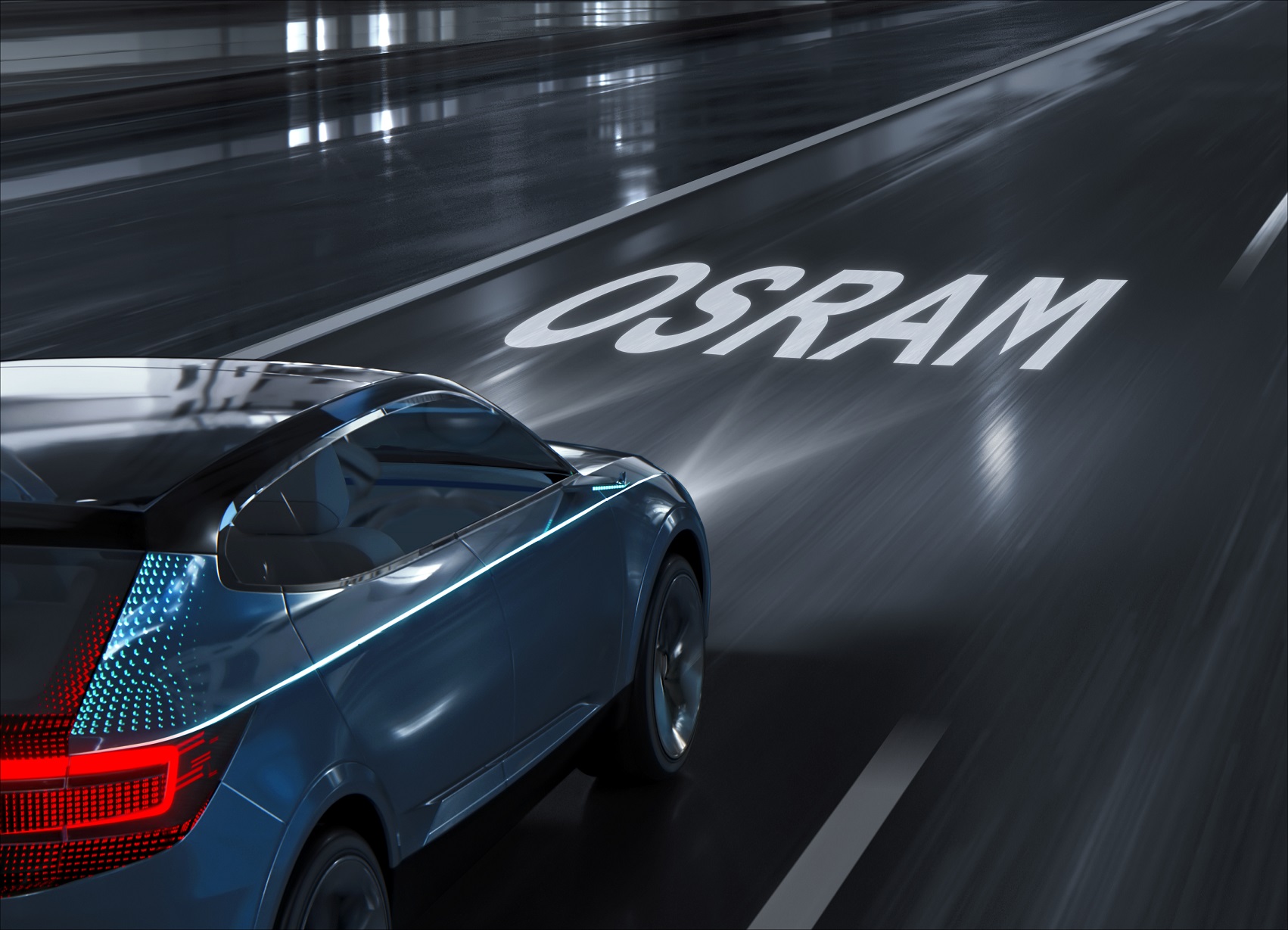According to the latest report of TrendForce, “2020 Global Automotive LED Product Trend and Regional Market Analysis,” demands for automotive LED increase stably driven by advanced applications such as intelligent headlamp, central tunnel taillights, HDR automotive displays, ambient lights and more.
Headlamps play the major role in the development of automotive LED lighting. The driving momentum include halogen replacement, small aperture, adaptive driving beam (ADB) and projection. TrendForce analyzed that halogen replacement and ADB will occupy 70-90% of the market share of headlamp in the next five years.
Besides automotive LED lighting, needs for automotive displays adopting LED backlight also expand. Based on the sales of car, TrendForce estimates that the market demand for automotive panel has reached 134-144 million units in 2019-2020 with center informative display accounting for the highest share.
Micro LED and Mini LED are the technologies that enable breakthroughs of these automotive applications.

(Image: Osram)
For ADB, which allows individual control of each lighting pixel to achieve matrix lighting or projecting functions. Moreover, the system can be integrated with sensors to detect objects, helping to enhance autonomous driving technology. Osram showcased its Eviyos headlamp module with 2048 pixels last year and is developing a new version with up to 25,600 pixels based on Micro LED technology. Nichia and Infineon have been working to develop a Micro LED-based headlamp featuring 16,000 pixel as well. Also, Valeo was reportedly testing its headlamp of 4000 pixels jointly developed with Cree by the end of 2019.
Many automobile makers are deploying HDR and local dimming technologies for automotive display to provide higher brightness and better contrast ratio. Some choose LED package or Mini LED matched with drive IC to achieve HDR local dimming display. Major players include General Motors, Innolux, AUO, Macroblock, Nichia, Osram, Everlight and Lextar.





 CN
TW
EN
CN
TW
EN






